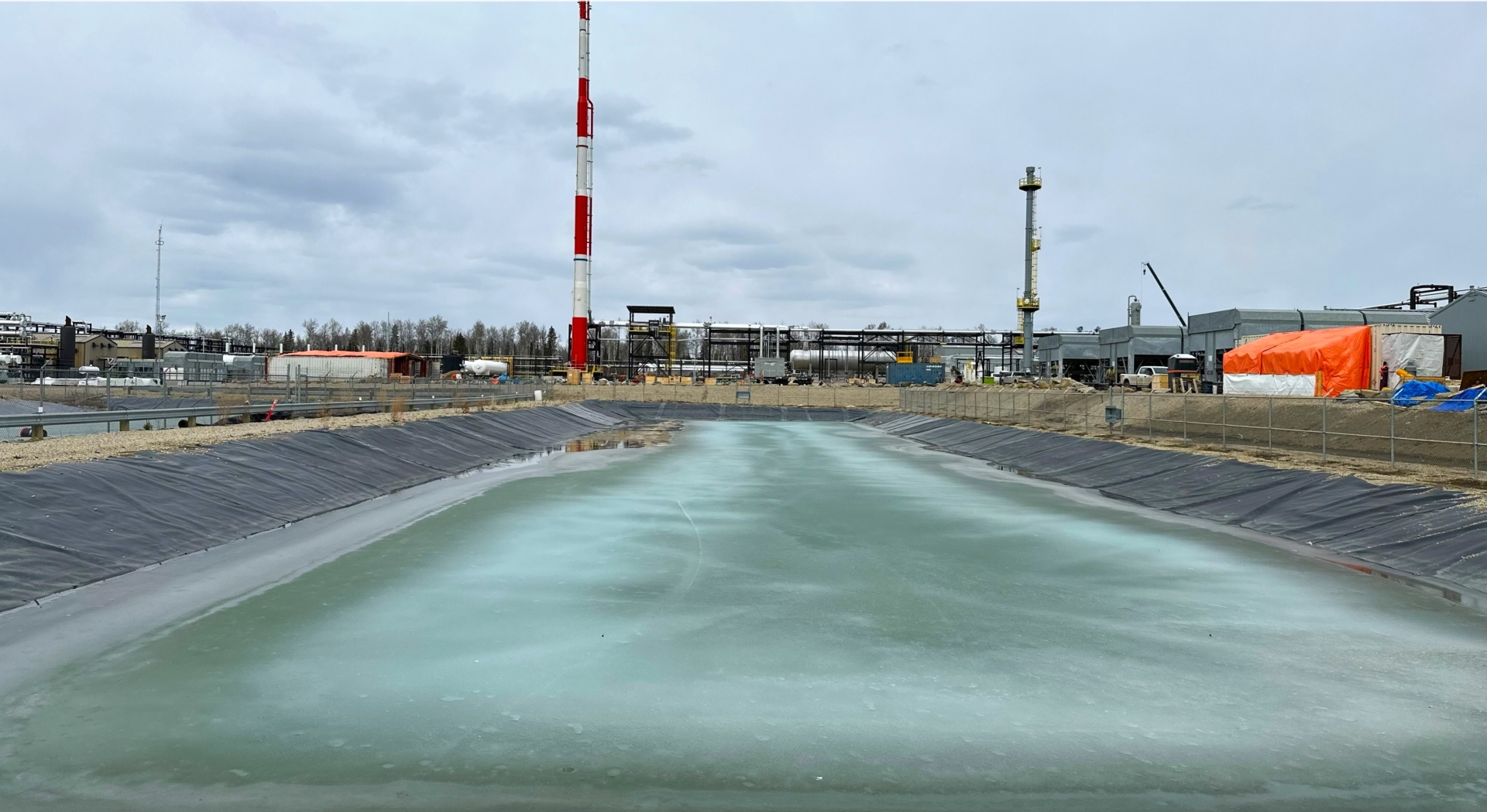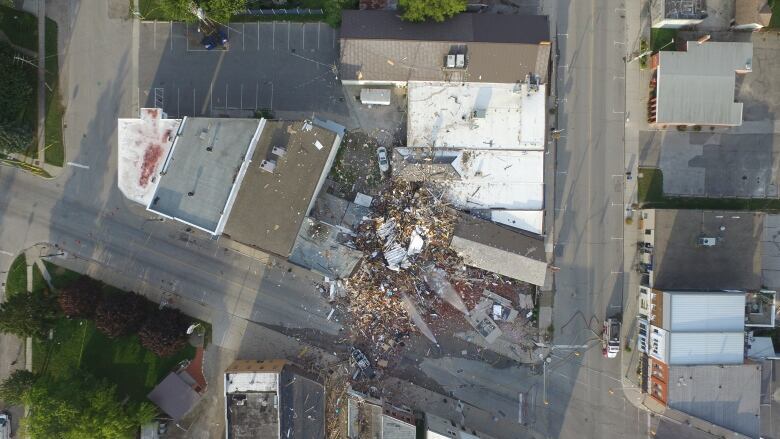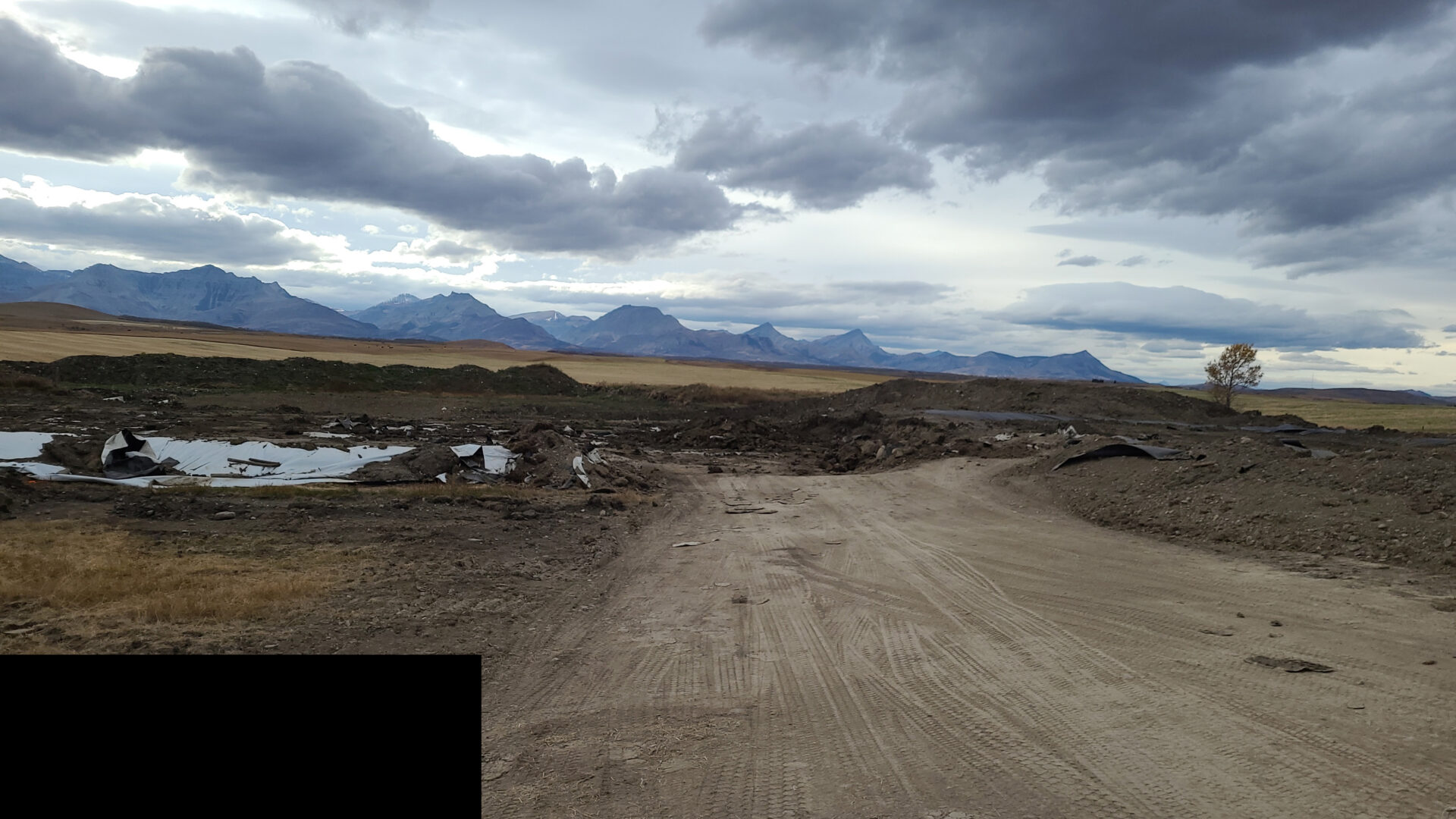What a difference a year makes…
As 360 reflects on the state of the Canadian Energy Industry and in particular our sphere of site closure, we are cautiously optimistic for the future. Numerous macro-economic factors have influenced the production-side of the energy equation (positive and negative) and the same can be said about the world of site closure. The domestic landscape has been primarily shaped by constant regulatory evolution and the Site Rehabilitation Program (SRP) while there has been considerable noise across the globe with respect to environmental liabilities and inactive oil and gas sites.
Domestic Closure Landscape
With the three regulatory bodies from AB, BC and SK each having spending targets or timelines in place for 2023, we now have well defined frameworks in which to work. Furthermore, the general philosophy on which these platforms are built is relatively the same: Addressing the large inventory of inactive sites. This point is very telling as it is the first time where there is collective alignment (albeit notionally) from the regulatory bodies which drive site closure. As we exit the SRP, we anticipate that industry will start to more accurately benchmark costs to closure, time to closure and the aggregate annual spend targets. All of these factors will bode well for the continual improvement of our sector and the drive towards innovation and technological improvements. An interesting side note is that there is a growing awareness in other provinces like Ontario as legacy wells have started to emerge as unaddressed liability. Notably, a class action lawsuit has been launched by residents of a small Ontario town where an explosion linked to a gas leak leveled buildings and shut the town centre (read more HERE). There is no doubt that this event will push regulators in that province to more meaningfully address inactive wells/sites and it is likely they will be looking to the western provinces for guidance.
Alberta Site Rehabilitation Program (SRP)
In essence, the SRP was designed to revive the service sector, create jobs and help clean up inactive site inventory. On these three points, there would be varying degrees of positive sentiment across industry. The true impact will be hard to measure as the commodity prices recovered mid-way through the program and the service sector that serves site closure also started to see uptick on other energy related projects. Few would disagree that the effectiveness of the program has been slowed by administration and nuances inside of a government run grant funding project. On a positive note, most would agree that awareness around site closure has risen steadily and the injection of these funds has assisted that heighted awareness. Additionally, there has been new opportunities created for small businesses and First Nations led enterprises while also having some impact on environmentally sensitive areas of the 3 provinces.
Global Site Closure and Offshore Decommissioning
The issues we deal with on the domestic scene are amplified across the globe by the sheer magnitude of sites, the offshore market and varying degrees of regulatory oversight. The “1000 lbs gorilla” in this conversation is the United States, who would have one of the highest inventory inactive wellbores across the globe. In 2021, the Biden administration committed $4.7 Billion towards cleaning up orphan wells and has already awarded ~$560M to 24 states to address orphans in 2022/2023. Internationally, IHS Markit predicts that offshore spending on offshore decommissioning will reach $100B over the next 10 years (read more HERE). Europe and Asia-Pacific make up the 50% of the projected spend with obvious drivers in the North Sea (UK & Norway). There is a well established decommissioning market, but also emerging technologies and service markets to help with this growing sector.
2023 and Beyond
The big question that we’ve heard in 2022 is “what will happen after SRP is done”? Our opinion is that the market has already been formed and the regulatory regime supports baseline activity, so we don’t see a big decline in spending or attention to inactive and orphan site cleanup. Certainly the commodity prices will be the driver in the operators ability to meet/exceed spending requirements, but the push towards decreased emissions and a “cleaner” industry will only serve to raise the importance of site cleanup.
I still like to joke that businesses like 360 are the “funeral homes” of the energy industry. In effect, we help send those we love back to where they came from and do it in a dignified way. While somewhat morbid, the analogy is actually fairly telling as site closure is the last cog in the energy development cycle and as we see a shift in the energy supply over the coming years, this cog will remain an important piece.
Lastly, and before we say goodbye for the holidays, huge thank you to our 360 team and our clients for making our year a successful one. We pushed the limits of our growth this year and were only successful as a result of the efforts on both sides.
Stay safe and have a wonderful holiday.
Ryan

About the Author
Ryan Smith, CEO
Ryan is a graduate of the University of Guelph where he completed a Bachelor of Arts, majoring in Economics. With a diverse service background, he has leveraged this into ownership positions in multiple oilfield service businesses. His vision and energy drives growth for 360 while infusing an entrepreneurial spirit into the corporate culture. Ryan pushes industry engagements and business interactions to propel 360 to the forefront of the liability management sector. The transition to team leader and entrepreneur came easily for Ryan having completed a first career as a professional rugby player. A former captain of the Canadian team, he played 51 games, 3 Rugby World Cups and played professionally in France and New Zealand.
































































